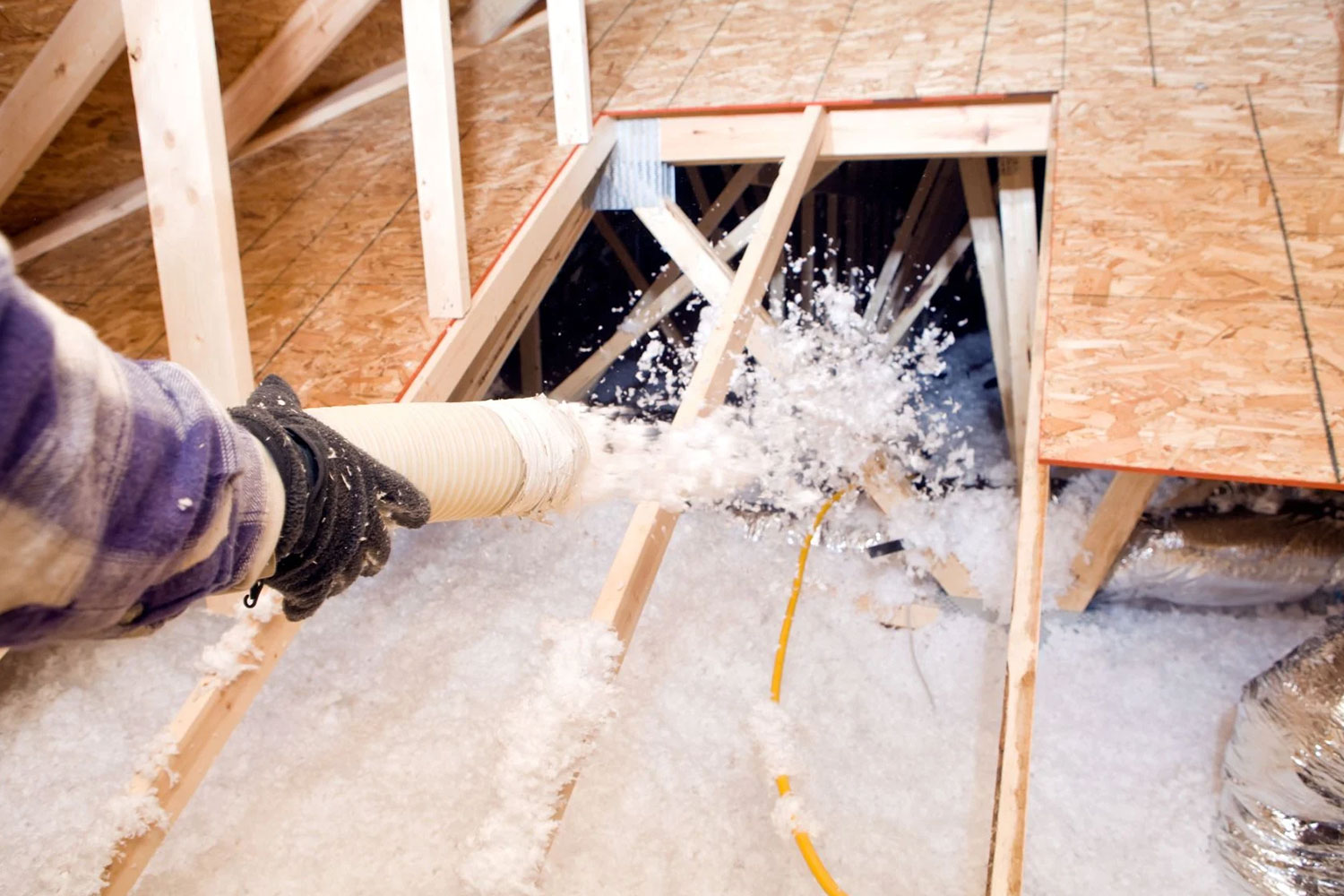Introduction: The Forgotten Space That Impacts Every Room
When it comes to indoor air quality and building health, many people overlook the attic—a critical component in the performance of a home or building. Yet this space, often unconditioned and poorly ventilated, directly influences temperature regulation, moisture control, and airborne contaminant movement.
At Coastal Air Assessments, we often find that attic system failures are the root cause of IAQ problems in Florida homes and businesses, from elevated humidity and microbial growth to persistent musty odors.
Understanding the Attic’s Role in Building Science
From a building science perspective, the attic acts as a thermal and moisture buffer between conditioned living spaces and the harsh outdoor climate. It houses crucial systems like:
- HVAC air handlers and ductwork
- Exhaust fan terminations (or sometimes mis-terminations)
- Electrical and lighting conduits
- Roofing insulation and vapor barriers
- Ventilation components (ridge vents, soffit vents, gable vents)
When these systems are not designed or maintained correctly, they become IAQ hazards rather than safeguards.
Common Attic Failures That Harm IAQ
1. Poor Attic Ventilation
In Florida’s hot, humid climate, inadequate ventilation traps heat and moisture, promoting condensation and microbial growth.
- Ridge vents blocked by insulation
- Soffit vents covered with debris or insulation
- No active exhaust or poorly balanced intake/exhaust
Our attic ventilation and indoor air quality inspections in South Florida uncover air movement issues before they turn into building failures.
2. Leaky Ductwork and HVAC Failures
Many homes route HVAC ducts and air handlers through the attic, where temperature differentials and loose seals create performance and IAQ issues.
- Leaky ducts draw in attic particulates and insulation fibers
- Condensation on ducts leads to microbial growth
- Unsealed returns or penetrations allow attic air into the living space
If your home has an air handler in the attic, it’s time to book a building science attic inspection in Palm Beach County.
3. Uncontrolled Moisture and Mold Growth
If your attic doesn’t have a proper vapor barrier or has suffered roof leaks, trapped moisture can quickly lead to hidden mold contamination. Mold in the attic can release spores and MVOCs that infiltrate occupied spaces below, especially if there’s air leakage.
Elevated relative humidity and hidden fungal growth in the attic are common sources of chronic odor and allergy complaints.
4. Improper Exhaust Fan Terminations
Bathroom and kitchen fans are often routed improperly, ending inside the attic rather than being vented outdoors. This creates localized moisture build-up and promotes mold growth directly above the most-used spaces in the home.
This code violation is surprisingly common—and one of the first things we inspect during our attic IAQ evaluations in West Palm Beach.
Building Science Best Practices for Attic Systems
To ensure your attic supports, rather than undermines, indoor air quality:
- Ensure balanced ventilation (intake and exhaust) to prevent heat and moisture buildup
- Seal all HVAC ducts and attic penetrations to prevent particle infiltration
- Verify that all exhaust fans vent OUTSIDE the building envelope
- Install insulation correctly (no compression, gaps, or blocked vents)
- Include a vapor retarder in humid climates like Florida
- Use baffles at soffits to ensure insulation doesn’t block airflow
At Coastal Air Assessments, we apply building science principles to provide practical, tailored attic diagnostics.
Residential and Commercial Case Examples
Residential Example:
In a Stuart, FL home, we diagnosed a musty odor and high CO₂ levels in the bedrooms. Thermal imaging revealed that the attic lacked insulation in key areas, and duct leakage was drawing attic air directly into the return. Remediation involved air sealing the ducts, rebalancing the HVAC, and improving attic airflow—resulting in measurable IAQ improvements.
Commercial Example:
A Palm Beach retail space experienced ongoing humidity and HVAC inefficiencies. Our inspection revealed that bathroom exhaust fans terminated into the attic, leading to mold growth on the roof decking. We provided a correction plan that included fan re-routing and attic dehumidification, helping the client avoid costly future remediation.
Why Choose Coastal Air Assessments for Attic Diagnostics?
- Certified in building science and indoor environmental inspections
- Use of thermal imaging, particle counters, and moisture meters
- Knowledge of Florida-specific building codes and climate considerations
- Experience with both residential homes and commercial buildings
- Detailed, science-backed reports with actionable recommendations
Final Thoughts: The Attic Is Part of Your IAQ Ecosystem
Your attic is more than just storage space—it’s an active part of your home or building’s ventilation, moisture, and thermal systems. When neglected, it can silently compromise indoor air quality, energy efficiency, and even structural integrity.
Serving homes and businesses across South Florida, Coastal Air Assessments brings clarity and solutions through attic diagnostics rooted in building science.
Schedule Your Attic System Inspection Today
- Call 562-400-0929
- Visit www.coastalairassessments.com
- Covering West Palm Beach, Jupiter, Wellington, Stuart, and beyond

